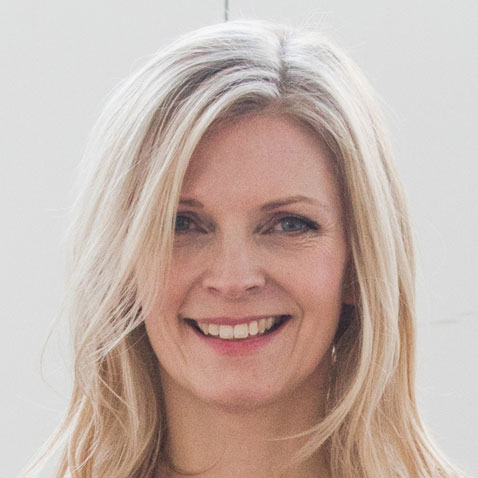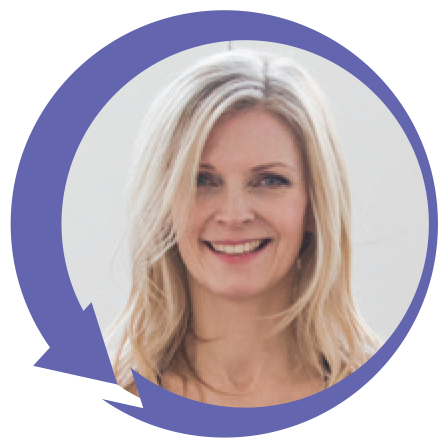
A 360º overview of...
Noose Pose (Pasasana)
With Dr Kiki Morriss
Noose Pose, or Pasasana – the first pose you will encounter in the Ashtanga Intermediate Series – opens, strengthens and energises the mind and body.
In Pasasana, your arms make a noose around your legs and back. Initially move into the preliminary stage of the pose. Then, when you are ready, continue to the final pose.
The benefits of this pose:
- Stretches and strengthens your ankles and legs.
- Rotates your abdomen and back.
- Internally rotates your shoulders.
- Opens and lifts your chest.
- Energises your body and focuses your mind.
Contraindications and modifications:
- Do not practice this pose if you have ankle, knee, back or shoulder injuries and avoid if pregnant.
- Use a block or a folded blanket under your heels to help you to balance and to allow for tightness in your calf muscles. Gradually work towards bringing your heels onto the ground.
- Use a belt if you are unable to clasp your hands.
PREPARING FOR THE POSE
- Warm up in Downward Dog to stretch your calf muscles, creating length in your gastrocnemius and soleus muscles at the back of your lower legs.
- Practice Reverse Prayer Pose (Paschima Namaskarasana) or Eagle Pose (Gomukhasana) to prepare your arms for the internal rotation required in Pasasana.
- Practice Marichyasana III to prepare your upper body for the twist in Pasasana.
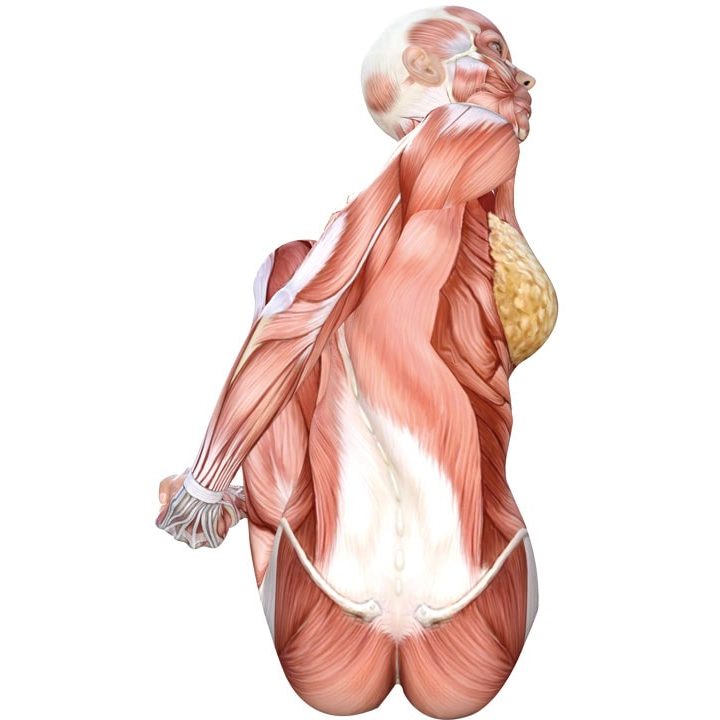
MOVING INTO THE POSE – PRELIMINARY STAGE
- Squat with your feet together and your heels down on the ground.
- Use your thigh muscles to lift upwards and avoid the tendency to collapse in the squat. Also lift upwards through the crown of your head.
- Exhale and turn to the right.
- Place your right hand on the ground by your right hip.
- Place your left arm in front of your right thigh.
- Bend your left arm up with your left palm forwards.
- Press your left upper arm against the right thigh to bring your left side forwards.
- Press your right fingertips down to twist your right side back.
- Lift your chest.
- Stay here for five even breaths or continue into the final pose.
MOVING INTO THE POSE – FINAL POSE
- Turn your abdomen to the right and away from your legs.
- Hook your left armpit around your knee.
- Bend your left arm back around both shins.
- Move your right shoulder back and bend your right elbow behind your back to clasp your left hand.
- Look over your right shoulder.
- Stay here for five even breaths.
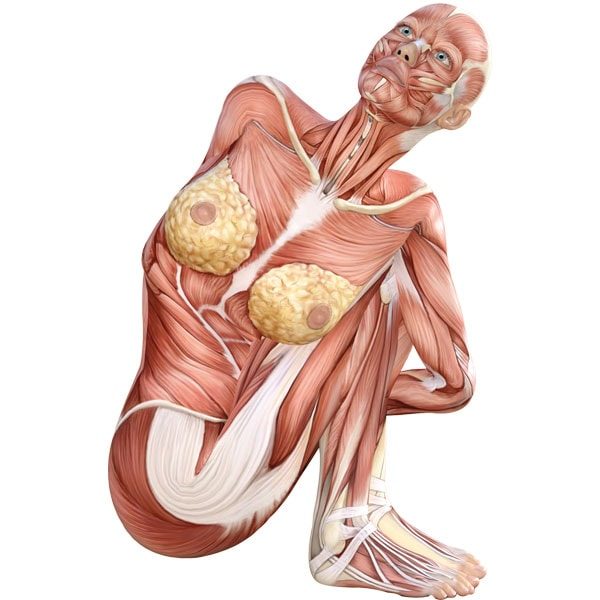
FOCUS YOUR GAZE
- Your focal point (dristi) is a fixed point straight ahead of you. Gazing at one fixed point will help you to balance
FOCUS ON YOUR LEGS AND ANKLES
- Use the tibialis anterior muscles at the front of your lower legs to dorsiflex your ankles and bring your heels to the ground.
- Keep your feet and knees together.
- Use your adductor muscles on the insides of your thighs to press your legs together.
- Contract your hamstrings to flex your knees. This makes Pasasana an active pose and helps you to avoid the tendency to use just your body weight and gravity to flex your knees.
- As you bend your knees, stretch and lengthen your quadriceps.
FOCUS ON YOUR ARMS AND HANDS
- Pull your arms down in the final pose.
- Clasp your hands more to increase the twist.
STRETCH AND ROTATE YOUR BACK AND ABDOMEN
- Use your lower-side oblique abdominals to rotate your torso.
- As you move into the twist, stretch your upper-side oblique abdominals and your transversus abdominis.
- Use your erector spinae and quadratus lumborum to laterally flex your abdomen.
- Keep your buttocks moving down.
- Lift your diaphragm.
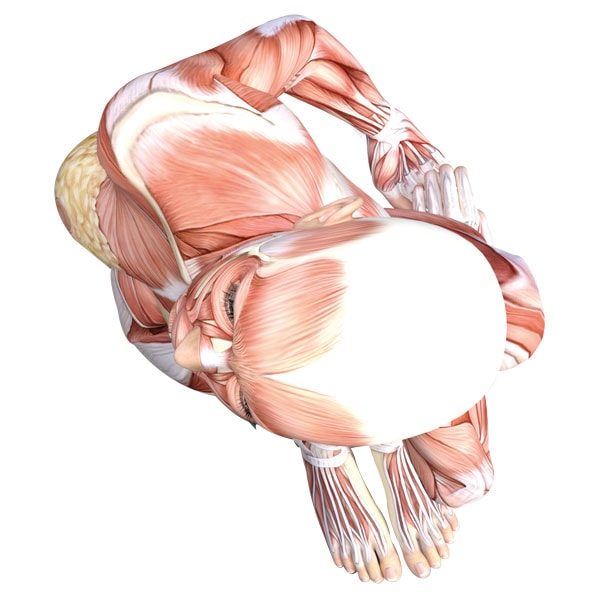
INTERNALLY ROTATE THE SHOULDERS
- Use your pectoralis major, anterior deltoids and subscapularis muscles to internally rotate your shoulders.
- This action will stretch your infraspinatus, teres minor, and posterior deltoid muscles.
- Roll your right shoulder blade down your back to move deeper into the pose.
COMING OUT OF THE POSE
- Inhale, release your hands and turn to the front.
- Repeat the pose on the other side.


